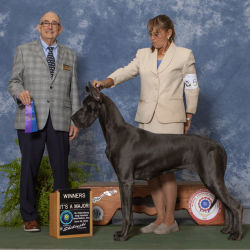Origins and Temperament
The Pomsky, a crossbreed between a Pomeranian and a Siberian Husky, inherits the playful exuberance and intelligence of both parent breeds. These charming canines are known for their vibrant personalities and affectionate nature, making them delightful companions. However, these traits also mean that Pomskies may experience separation anxiety or stress during travel if not given proper attention. Understanding the Pomsky’s need for engagement and reassurance is key when considering their transportation needs.
Size and Physical Needs
While a relatively new breed, Pomskies generally range from 15 to 30 pounds, placing them squarely in the small to medium-size category. Their exuberant energy levels demand regular exercise. When traveling, they require secure yet spacious accommodations to stretch out and move around. A climate-controlled environment is essential for the thick coats they often inherit from their Husky lineage, which can make them more prone to overheating.
Common Health Considerations
The Pomsky may inherit common health concerns prevalent in their parent breeds, such as dental issues and luxating patella. Carriers should ensure that a Pomsky's health and veterinary documents, including a Certificate of Veterinary Inspection, are up-to-date and presented prior to transport. Moreover, preventive measures, like secure enclosures and regular stops, safeguard against possible injuries during travel.
















